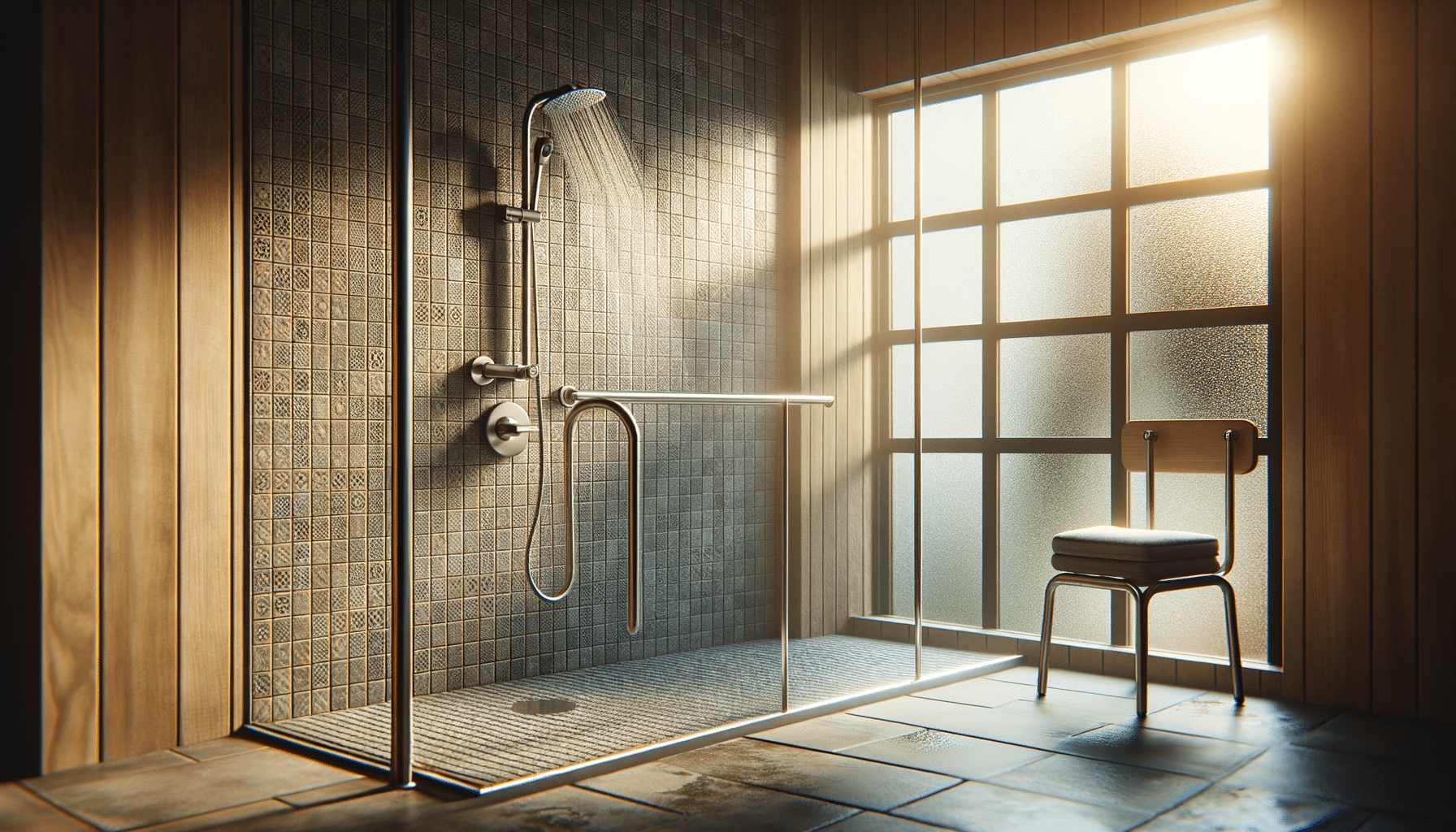
Downspout Catch Basins: Smart Drainage Solutions for Protecting Your Home and Landscape
Introduction: The Importance of Effective Rainwater Management
Rainwater management is a crucial aspect of home maintenance that often goes unnoticed until problems arise. Without efficient drainage solutions, homes can suffer from foundation damage, soil erosion, and landscape deterioration. Downspout catch basins play a pivotal role in redirecting rainwater away from structures, safeguarding both the integrity of your home and the beauty of your garden. Understanding how to install and maintain these systems can lead to a more resilient and aesthetically pleasing property.
A Practical Guide to Installing Downspout Catch Basins
Installing downspout catch basins can be a straightforward process, but it requires careful planning and execution. The first step is to choose the right location, ideally where water tends to pool or where it can be easily redirected to a safe outlet. Begin by digging a trench that slopes away from the house, ensuring the water flows naturally with gravity.
Once the trench is ready, place the catch basin at the lowest point, connecting it to the downspout. Secure the connections with appropriate fittings to prevent leaks. It’s crucial to ensure that the catch basin is level and stable, as this will affect its efficiency. Cover the trench with gravel to aid in drainage and prevent soil erosion, then lay the sod back over the top for a seamless appearance.
Regular maintenance is essential to keep the system functioning optimally. This includes clearing debris from the basin and checking for any signs of blockage or damage. A well-maintained catch basin not only prolongs the life of your drainage system but also enhances its performance.
How Efficient Drainage Systems Protect Your Foundation and Reduce Erosion
Efficient drainage systems are vital in protecting a home’s foundation from water damage. When rainwater is not properly managed, it can lead to pooling around the foundation, which increases hydrostatic pressure against the walls. Over time, this pressure can cause cracks and leaks, compromising the structural integrity of the building.
Additionally, water that is not adequately redirected can erode the soil around your home, leading to uneven ground and destabilizing structures like patios and walkways. By installing a comprehensive drainage system, including downspout catch basins, homeowners can mitigate these risks. These systems work by collecting excess water and channeling it away from the foundation, reducing the likelihood of erosion and water-related damage.
Moreover, effective drainage preserves the landscape by preventing waterlogging and soil displacement. This not only maintains the aesthetic appeal of your garden but also ensures that plants and trees receive the right amount of moisture without being waterlogged.
Choosing the Right Drain Kit for Your Home
When selecting a drain kit, homeowners should consider several factors to ensure they choose the most suitable option for their needs. The first consideration is the material of the catch basin and piping. Durable materials like PVC or polyethylene are popular choices due to their resistance to weathering and corrosion.
Another important factor is the size of the catch basin. Larger basins can handle more water, making them ideal for areas with heavy rainfall. However, they also require more space and may need a more complex installation process. Homeowners should assess the average rainfall in their area and the size of their roof to determine the appropriate basin size.
Lastly, consider the maintenance requirements of the drain kit. Some systems come with removable grates that make cleaning more accessible, while others may require more effort to maintain. Choosing a system that aligns with your willingness to perform regular upkeep will ensure long-term functionality and efficiency.
Maintaining Drain Kits for Longevity and Performance
Proper maintenance of drain kits is essential to ensure they continue to function effectively over time. Regular inspections should be conducted to check for blockages, damage, or signs of wear. Leaves, dirt, and other debris can accumulate in the catch basin, impeding water flow and leading to potential overflow issues.
Homeowners should clean the grates and basins periodically, especially after storms or during the fall when leaves are more likely to clog the system. Using a garden hose to flush out the pipes can help remove any sediment buildup and keep the water flowing smoothly.
Additionally, checking the connections and seals for any leaks or cracks is crucial. Over time, these components can degrade, leading to inefficiencies in the drainage system. Replacing worn parts promptly can prevent minor issues from becoming significant problems.
By dedicating time to regular maintenance, homeowners can ensure their drainage systems provide lasting protection and peace of mind.


